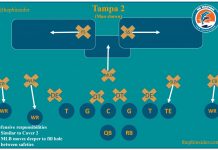A well-meaning Arkansas Traveler makes a public appearance at a local rotary club luncheon or youth clinic and, during the Q and A, someone asks, “When do you turn pro?”
It’s the kind of question that makes a baseball person grind his teeth until sparks fly, but to be fair, not everyone understands the structure of the minor leagues, especially not the casual fans who head to Dickey-Stephens Park for birthday parties in the luxury suites or for date-wrangling in the beer garden.
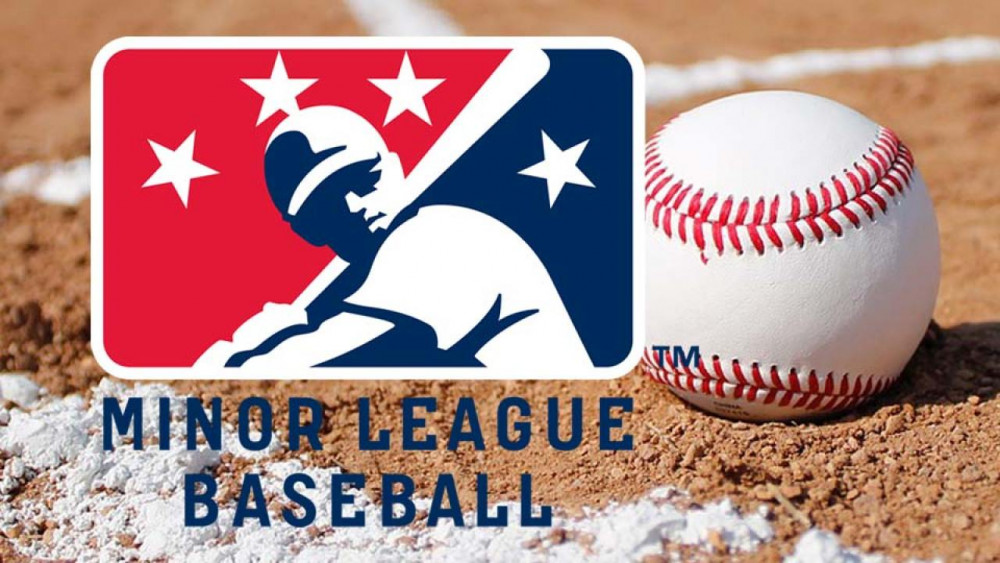
So here’s a tutorial explaining just what a minor leaguer is and how the minors are structured.
First, a player turns pro when he signs a contract with the major league team that either drafted him out of high school or college or signed him as a free agent.

Depending on his level of talent and draft status, a player can earn lots of iron in signing bonuses. Travelers right-hander Jordan Walden signed with the Los Angeles Angels for $1 million out of Grayson (Texas) Community College in 2006 and Travs outfielder Peter Bourjos, signed for $325,000 when the Angels took him out of Scottsdale, Ariz., High School in 2005.
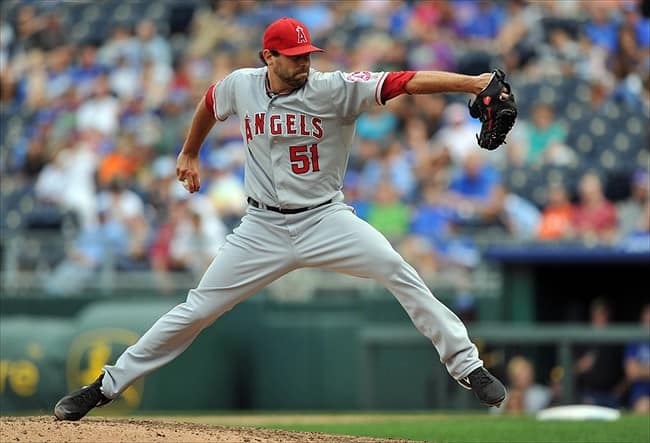
But, the gaudy bonuses notwithstanding, most minor leaguers earn a regular, monthly salary of between $1,000-$3,000.
Once he is signed by one of the 30 major league teams, a player is sent to one of that team’s minor league clubs. A “parent” organization like the Angels usually has six or seven minor-league teams under its umbrella, and those teams are in classifications ranging from Rookie level to Class AAA.
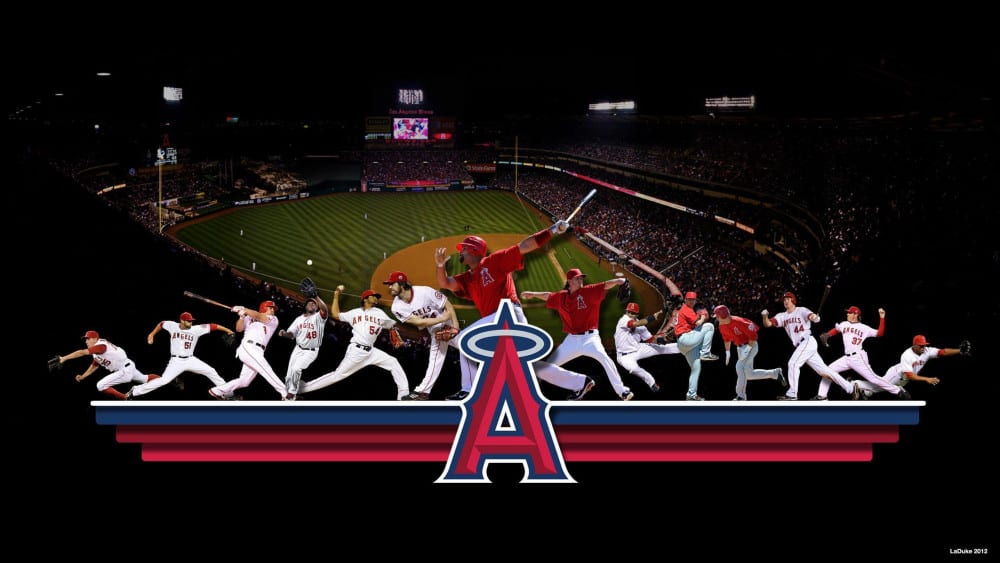
The Angels system begins with the Rookie Dominican Summer League Angels, and includes the Rookie Arizona League Angels and Orem, Utah, Owls. From short-season Rookie ball, an Angels player graduates to the low Class A Cedar Rapids, Iowa, Kernels (Midwest League), to the high Class A Rancho Cucamonga Quakes (California League), to the Class AA Travelers (Texas League) and finally to the Class AAA Salt Lake Bees, of the widespread Pacific Coast League.

Counting the two Latin American Rookie leagues, there are 18 affiliated minor leagues. That doesn’t include the double handful of independent leagues, where under-scouted players or those whose careers have stalled are often found and signed into major league organizations.Current Travelers Jay Caligiuri and Branden Florence came from the independent Atlantic League.
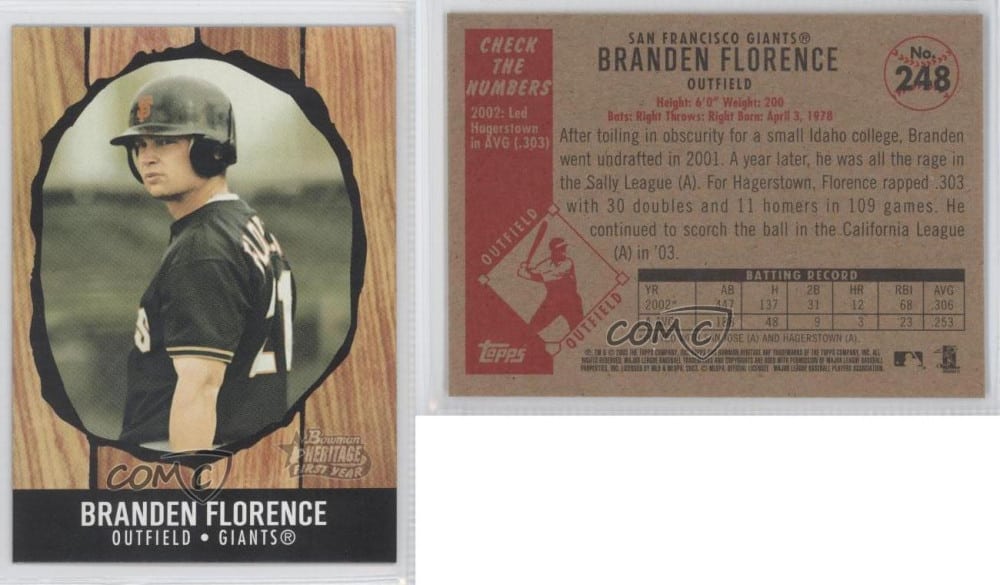
Rookie ball is where the most inexperienced players usually start while Class AAA, at the other end of the minor league spectrum, is where older players, many with major league experience, play until the parent club sends for them.
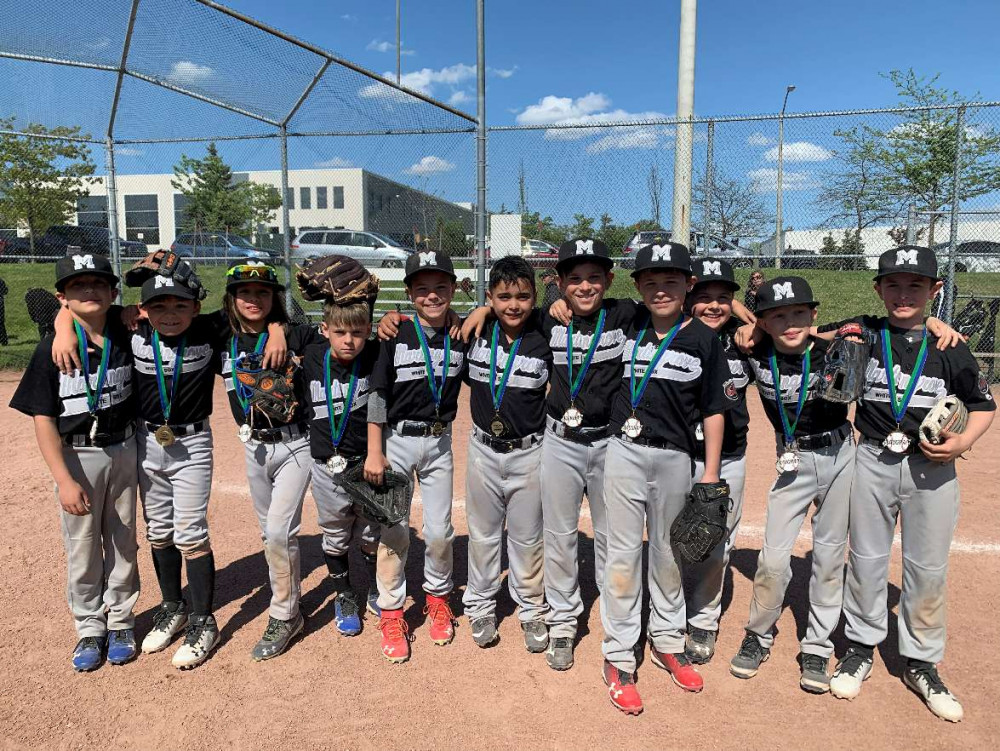
Some highly touted draft picks are able to skip Rookie ball and open their careers in low Class A, and some are good enough to jump other levels once in awhile. During the Travelers’ previous affiliation with St. Louis, the Cardinals jumped Albert Pujols over Class AA to Class AAA Memphis, a move that may have had as much to do with then-general manager Walt Jocketty’s dissatisfaction with conditions at old Ray Wider Field as it did with Pujols’ talent.
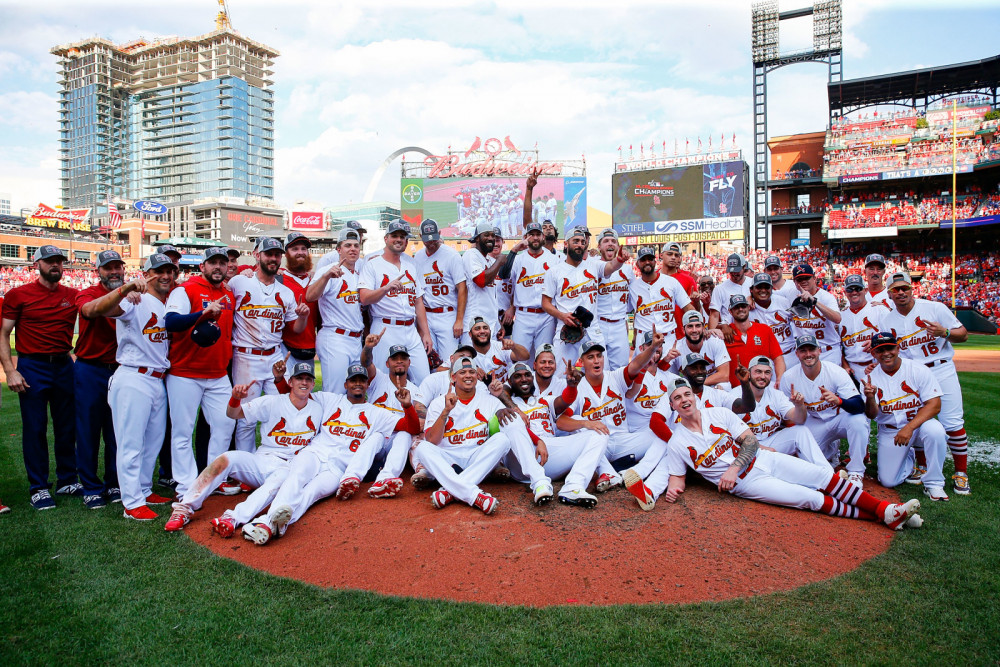
Either way, the promotion deprived Arkansas fans of the chance to see the future all-star slugger.
The Angels, under former general manager Bill Stoneman, current GM Tony Reagins and manager Mike Scioscia, are known for cautiously developing their talent and seeing to it a player makes most of the stops on the minor league ladder.
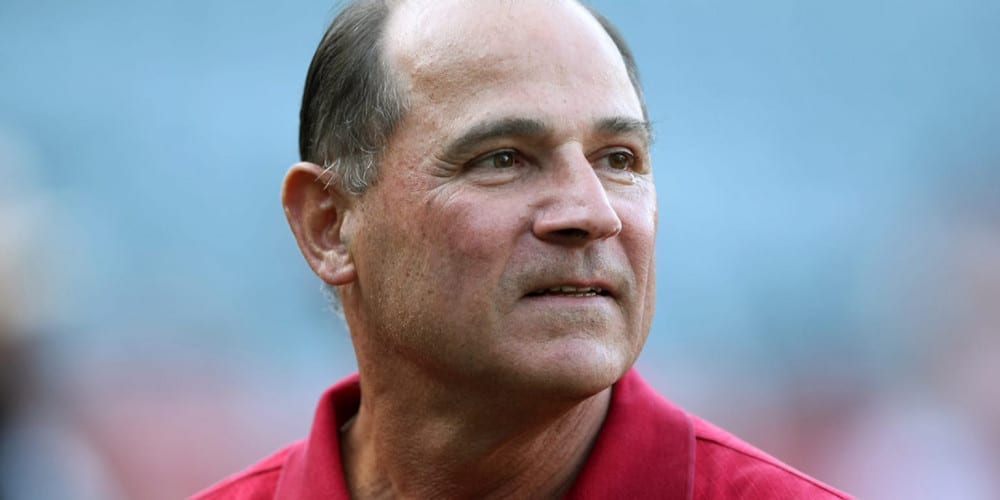
But the needs of the parent club always come first. Travelers fans will remember when former Angels prospect Casey Kotchman was promoted from Arkansas directly to the Angels because of an injury-related need early in 2003, or when right-hander Ervin Santana was promoted directly off the mound during a game in Arkansas to join the Angels in Cleveland for similar reasons in 2005.
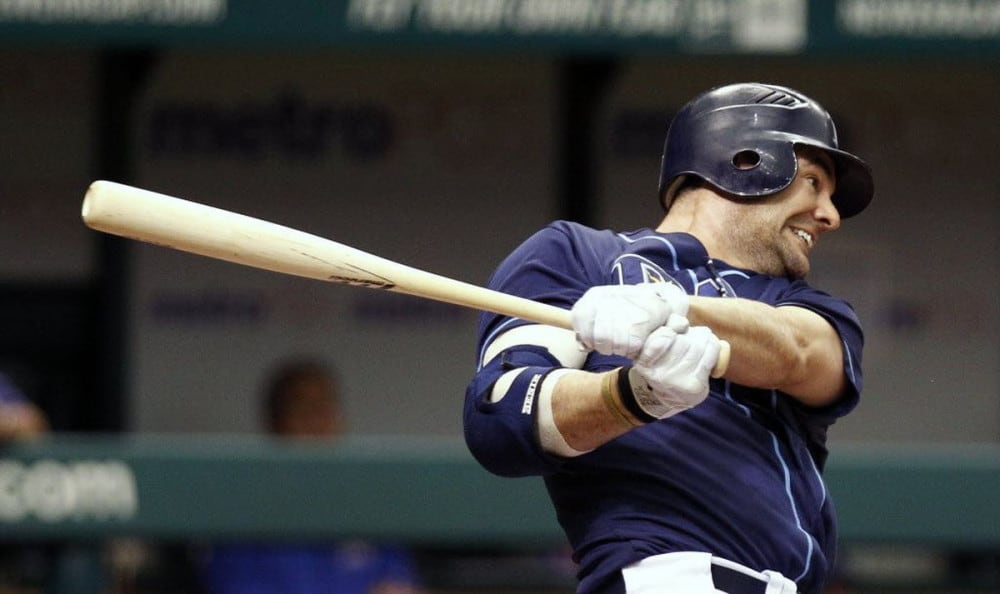
Minor league clubs sign two- to four-year player development contracts with Major League teams. In such an agreement a club like the Angels will send all the players, coaches and managers to a team like the Travelers, who in turn provide the facilities and uniforms, share equipment costs and help out with many of the day-to-day needs of the Angels’ young prospects.
That’s young, professional prospects, by the way.








